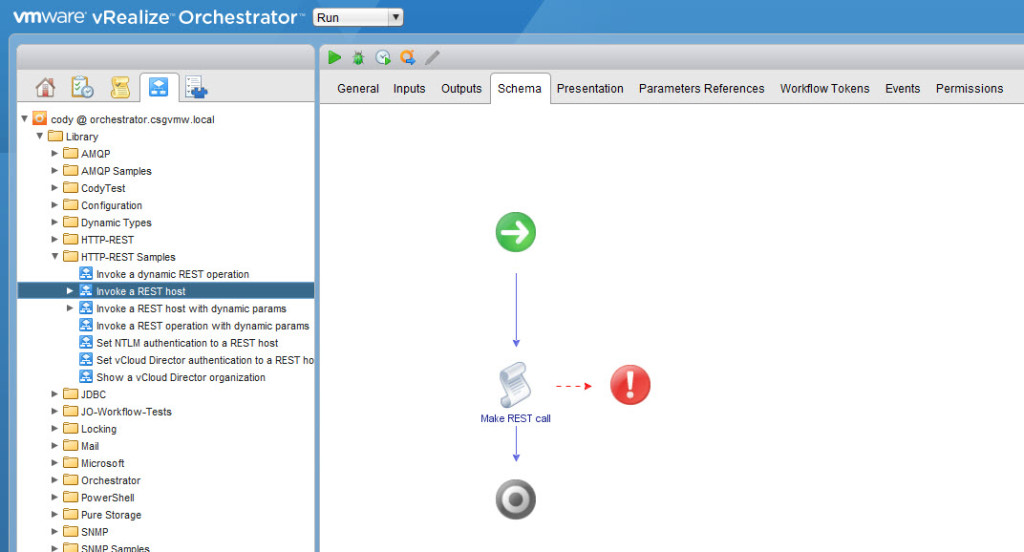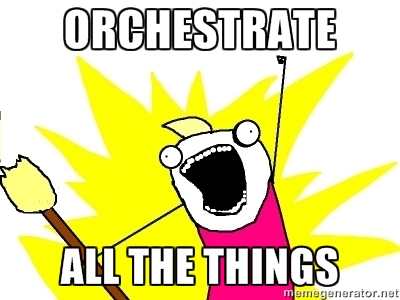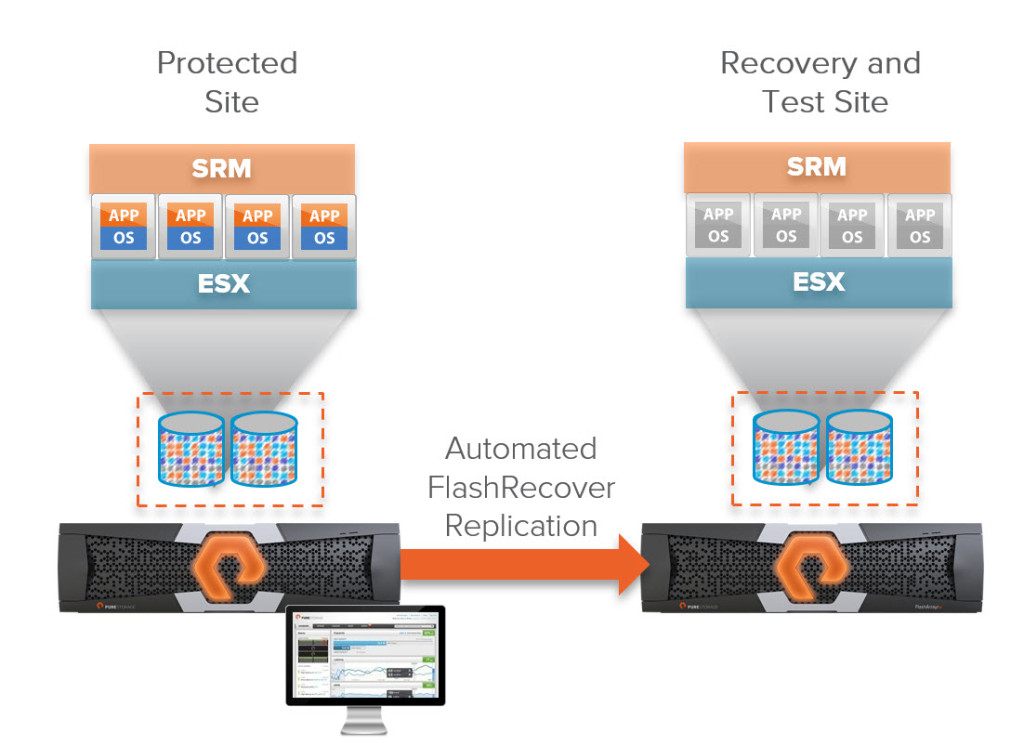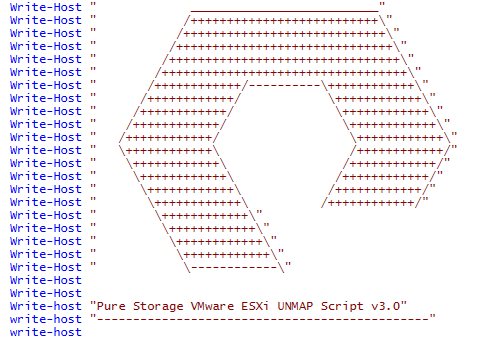I have officially decided to “retire” my UNMAP script that uses direct REST calls to find before and after capacity changes for given volumes. I am only updating the one that uses the Pure Storage PowerShell SDK from this point on–using this is much more robust, not tied to direct API versions and greatly simplifies managing the data in the script.
I have also created a second version for use in the VMware Fling called PowerActions. This allows the script to be executed from the vSphere Web Client.
Continue reading “FlashArray UNMAP Script with the Pure Storage PowerShell SDK and PowerActions”




